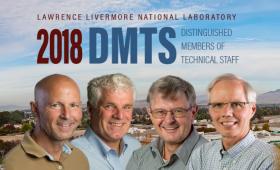Secretary of Energy Rick Perry recognized Livermore chemist Bill McLean with a Secretary’s Achievement Award.
Science and Technology
in the News
Science and Technology
in the News
News Center
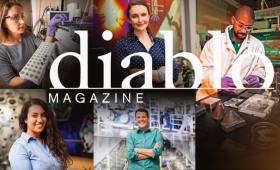
Five Lawrence Livermore National Laboratory (LLNL) researchers join an eclectic group of entrepreneurs, writers, executives, philanthropists and more on Diablo Magazine’s annual “40 Under 40” list, which recognizes young professi
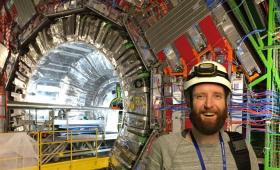
A research team announced the discovery of the Higgs boson particle transforming into bottom quarks as it decays.
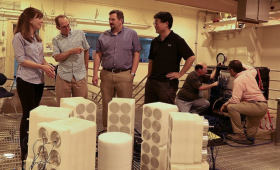
A team of Livermore scientists has developed an expanded nuclear fission chain theory and detectors.

Researchers are developing new deep learning and high-performance computing algorithms that can sift through massive amounts of data for evidence of nuclear proliferation activities.
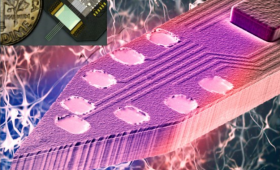
A research team has taken a major step forward in enabling “multicolor” optogenetic control of different neuron types.
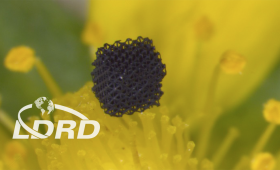
An LLNL–Virginia Tech team reported producing micro-architectured 3D graphene aerogel structures with higher resolution and complexity than anything created before with other 3D printing methods.

With gentle pulses from gigantic lasers, scientists at Lawrence Livermore National Laboratory transformed hydrogen into droplets of shiny liquid metal using the world’s largest and most energetic laser.

A research team led by scientists at Lawrence Livermore describes optical measurements of the insulator-to-metal transition in fluid hydrogen.



